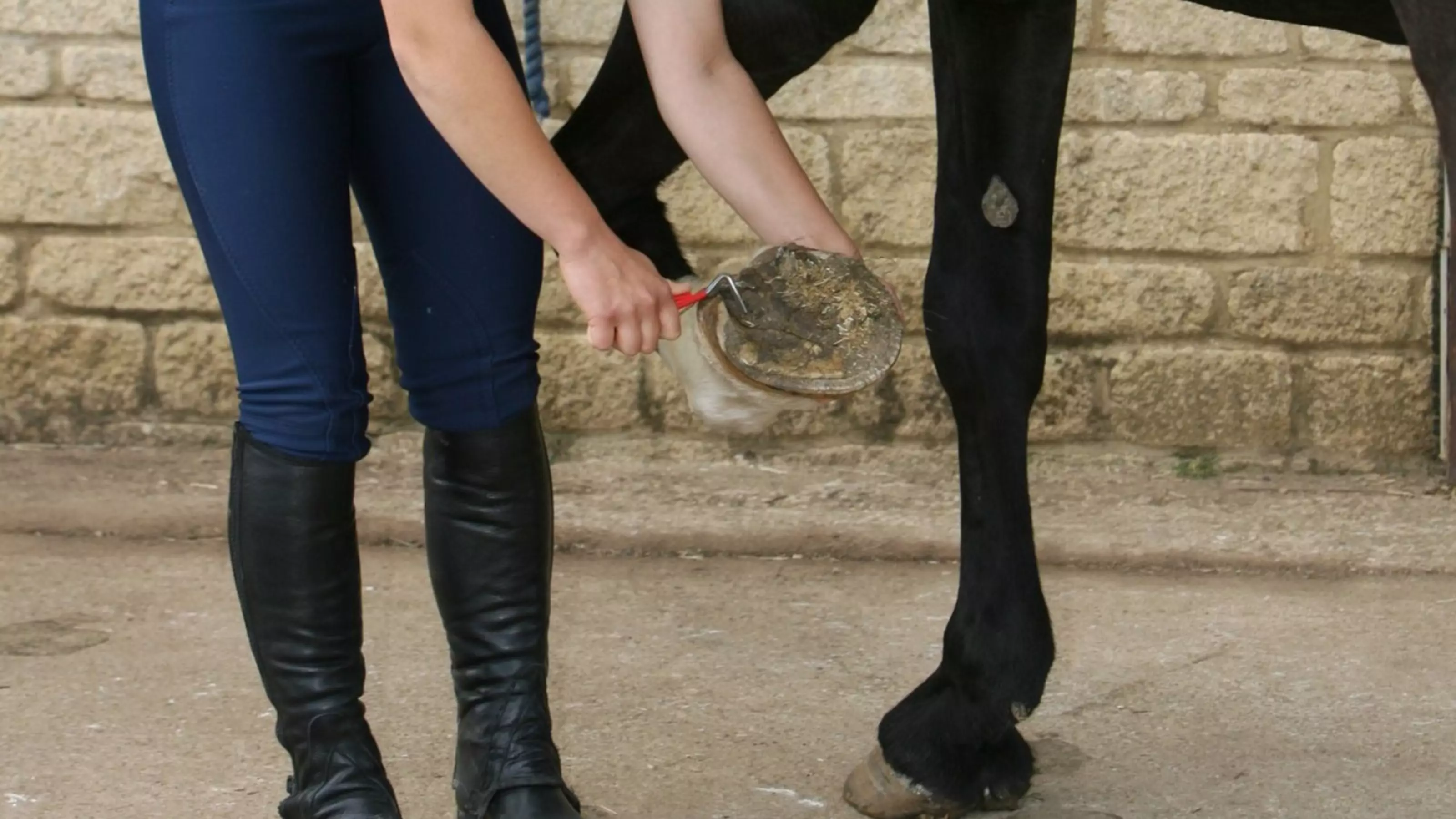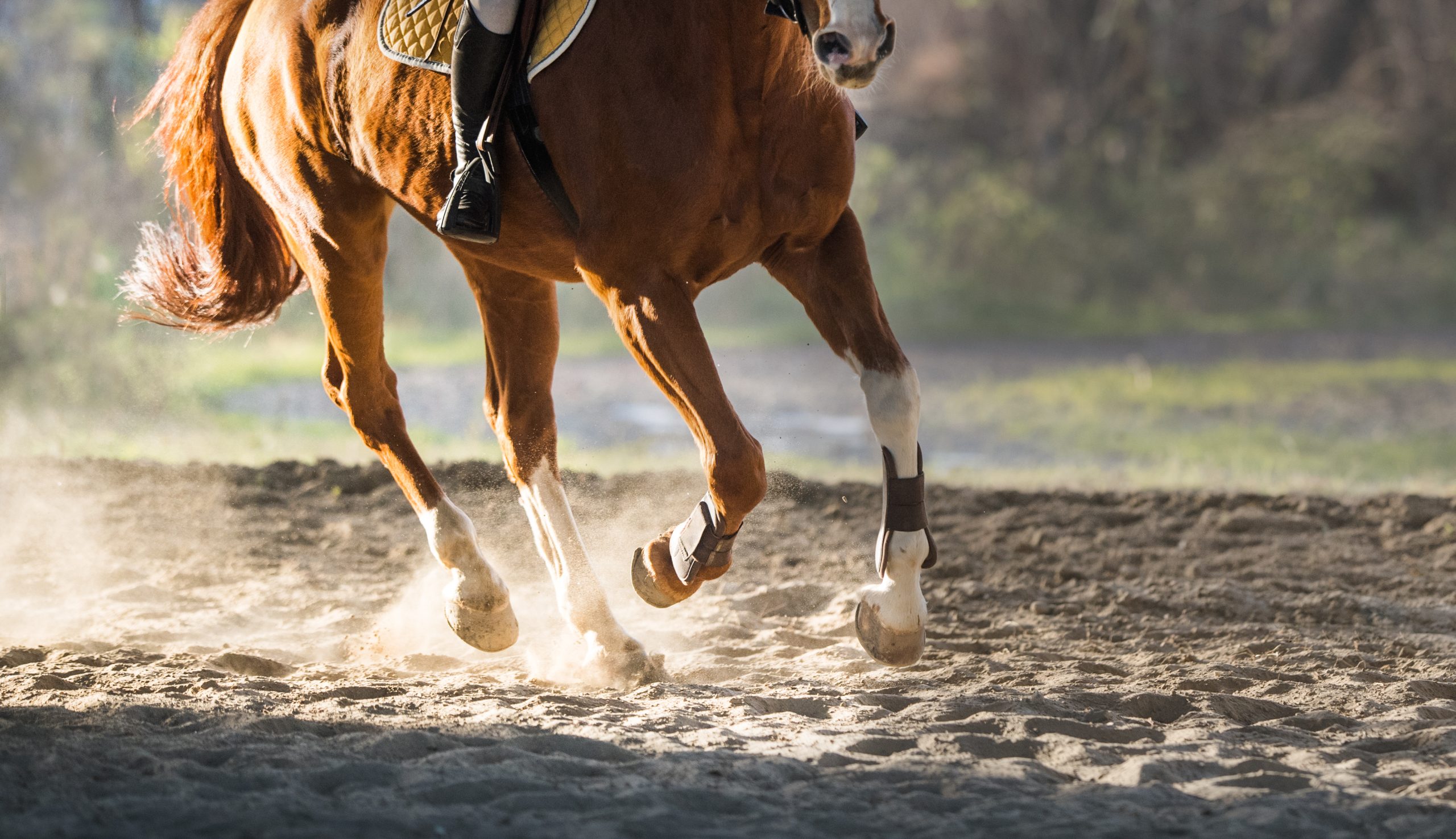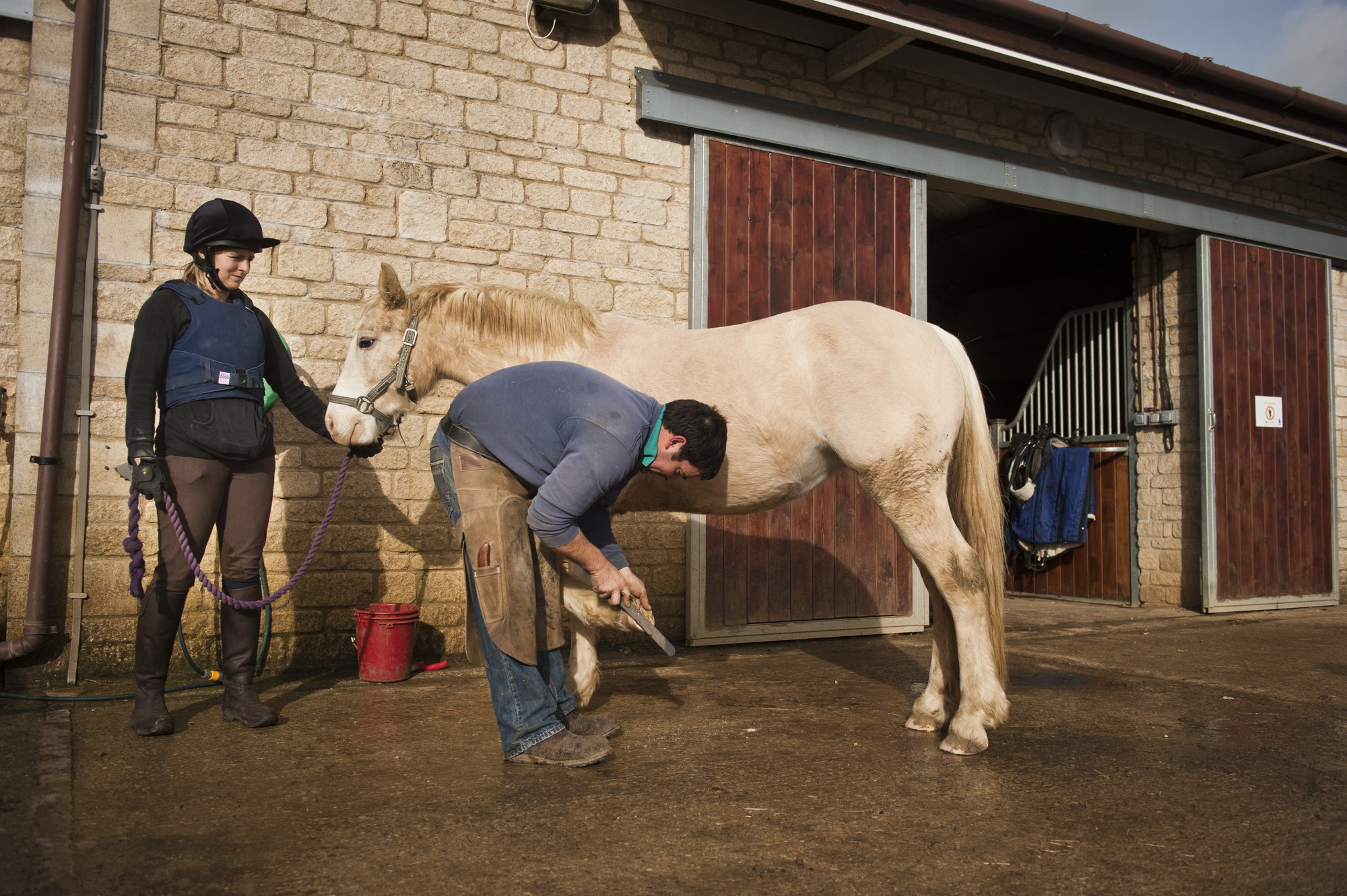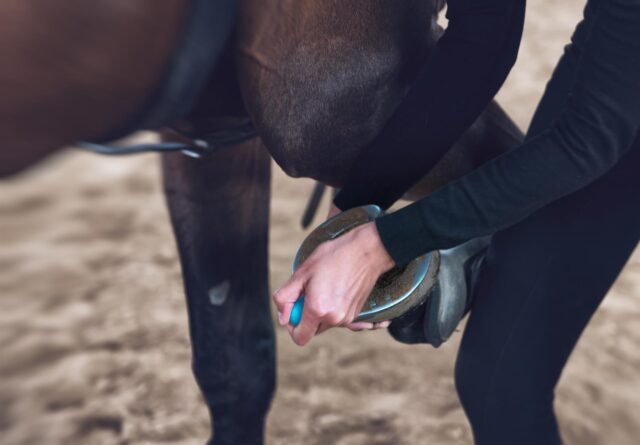As a seasoned farrier, treating thrush in horses is a task that requires both skill and knowledge. Thrush is a common bacterial infection that affects a horse’s hooves, causing pain and discomfort if not treated promptly and effectively. In this article, we will explore the best practices for treating thrush in horses, with valuable tips and insights from experienced farriers who have dealt with this issue firsthand.
From identifying the early signs of thrush to implementing proper treatment techniques, we have compiled a comprehensive guide to help horse owners and enthusiasts effectively combat this pesky condition. So, saddle up and join us as we delve into the world of treating thrush in horses!
Understanding the Causes and Symptoms of Thrush in Horses

Thrush in horses is a common and often painful condition that can affect the hooves of these majestic animals. It is caused by a bacterial infection that thrives in moist and dirty environments, such as muddy paddocks or unclean stalls. One of the main symptoms of thrush is a foul odor emanating from the hooves, along with a black, tar-like discharge.
In severe cases, horses may experience lameness or tenderness when weight is applied to the affected hoof. Understanding the causes and symptoms of thrush is crucial in order to prevent and effectively treat this condition to keep our equine companions healthy and happy.
Importance of Early Detection and Treatment

Early detection and treatment of thrush in horses is essential for maintaining the overall health and well-being of the animal. Thrush is a common bacterial infection that affects the hoof, causing discomfort and potential lameness if left untreated. By catching thrush early, farriers can implement treatment strategies such as proper trimming and cleaning of the hoof, along with the use of medicated products to combat the infection.
Regular hoof care and examinations can help identify thrush in its early stages, preventing more serious complications down the road. Taking proactive measures to address thrush can help prevent further deterioration of the hoof and keep the horse sound and comfortable. By staying vigilant and proactive, farriers can ensure the best possible outcomes for horses with thrush.
Recommended Treatment Options for Thrush

Finding the best treatment option for thrush in horses can be a challenging task, as there are various approaches to consider. One recommended treatment is to clean the affected hoof thoroughly with a gentle brush and warm water to remove any dirt or debris. Following the cleaning, applying an antifungal solution, such as a diluted mixture of apple cider vinegar or commercial thrush medication, can help combat the infection.
Additionally, keeping the horse’s environment clean and dry, along with proper hoof trimming and shoeing, can aid in preventing thrush from recurring. For severe cases of thrush, consulting with a veterinarian for further treatment options, such as oral medications or hoof wraps, may be necessary to effectively address the infection.
Conclusion
In conclusion, treating thrush in horses requires a holistic approach that involves the collaboration between farriers and horse owners. By implementing best practices such as regular hoof cleaning, creating a dry and clean environment, and using effective treatments like copper sulfate, we can successfully manage and prevent thrush in horses.
Additionally, incorporating products like Best Hoof Conditioner can further aid in maintaining overall hoof health and preventing future infections. By staying proactive and utilizing these tips from farriers, we can ensure our horse’s hooves remain healthy and strong.




